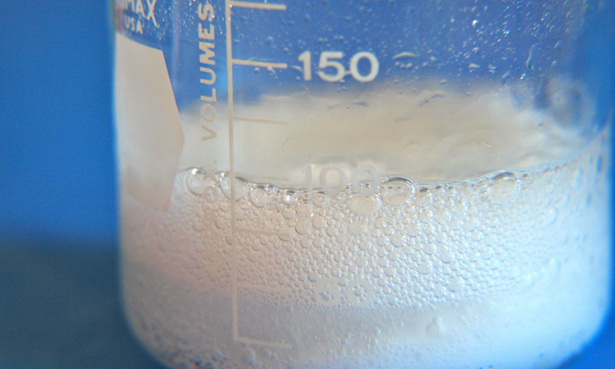explainer
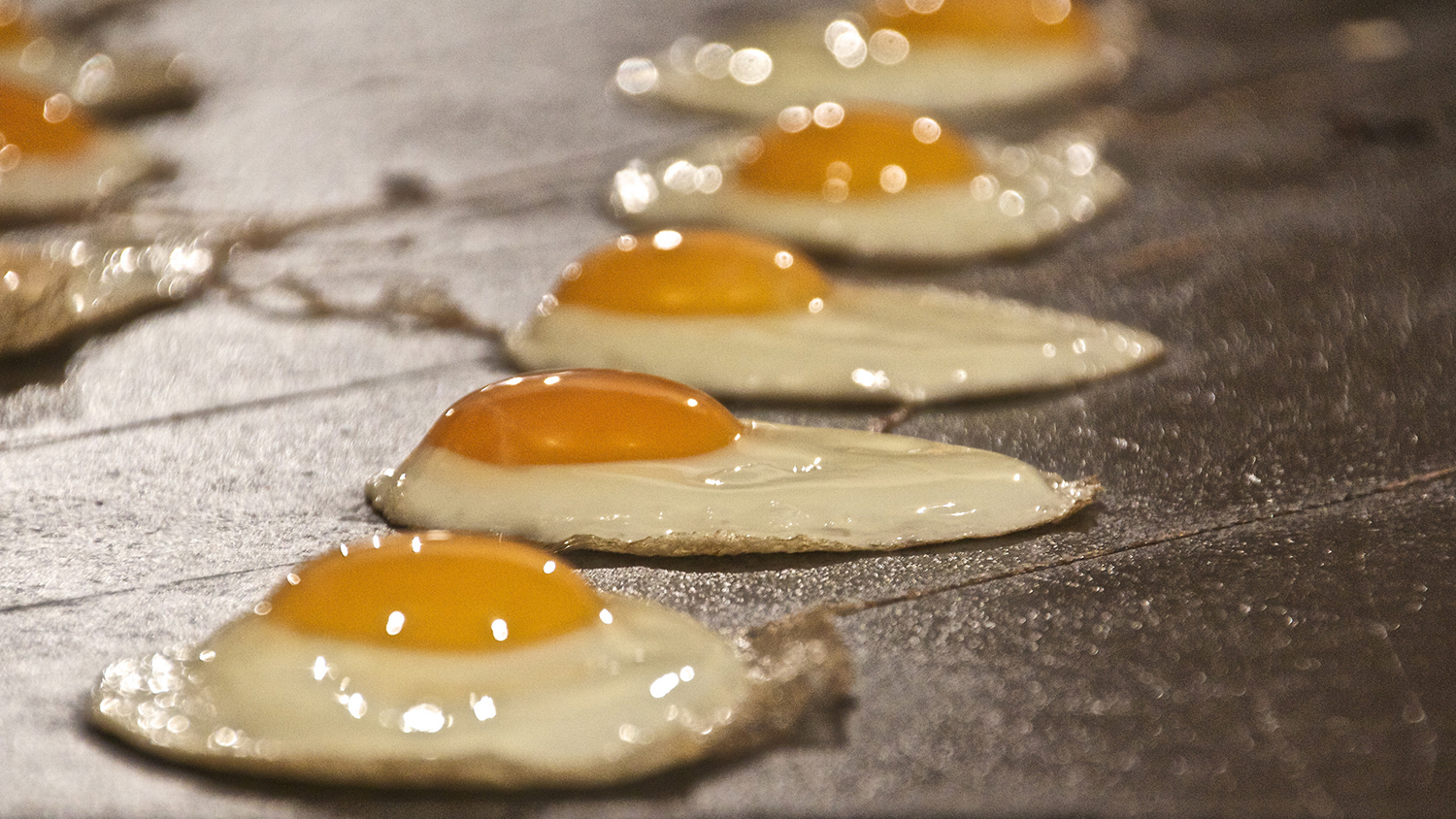
Why Do Egg Whites Turn White When You Cook Them?
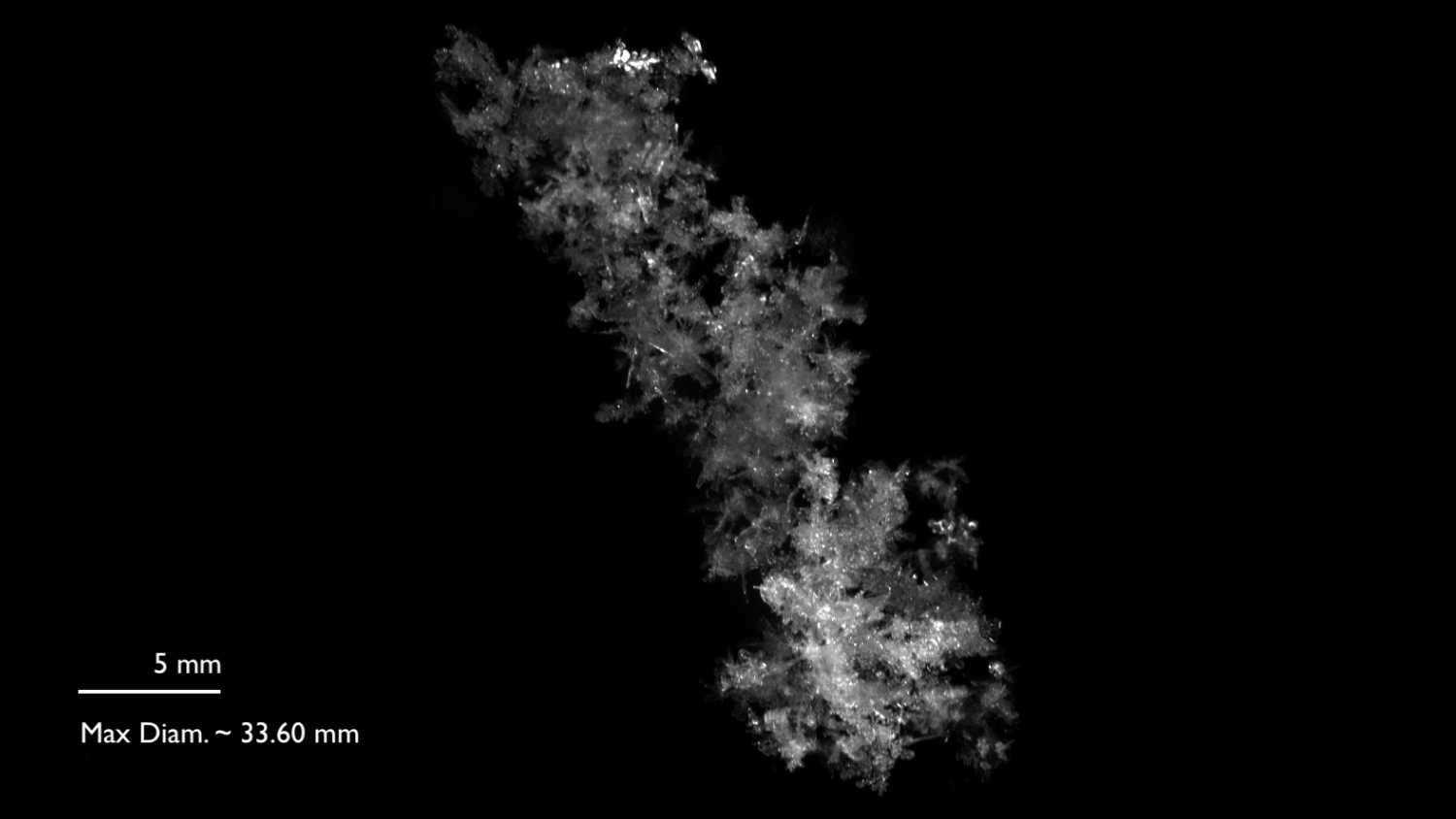
How Big Can Snowflakes Be?

Do Insects Fart? (They Sure Do!)
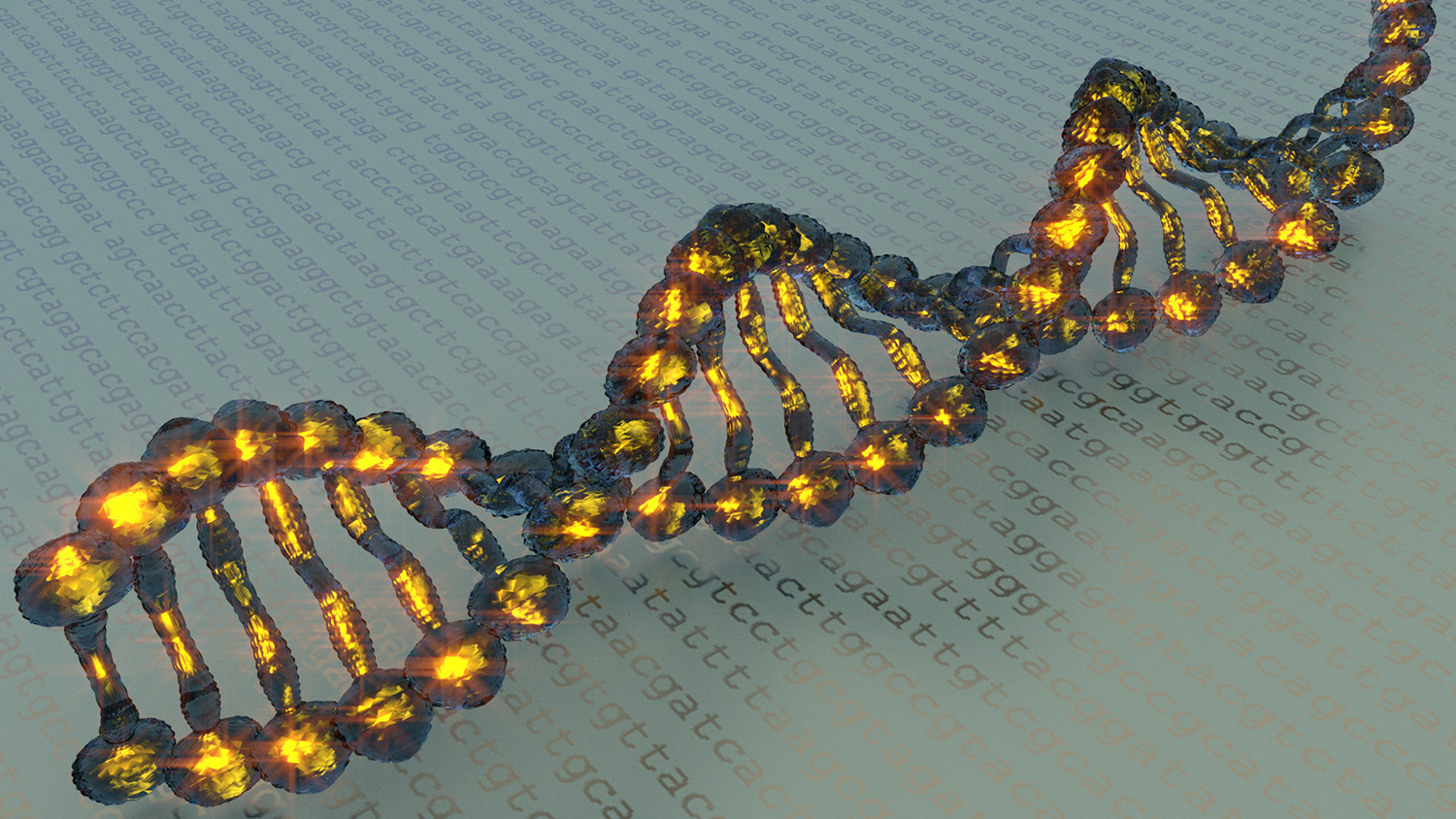
What Is the Epigenome? What is Epigenetics?

It’s Not the Mayonnaise: Food Safety Myths & Summertime Food
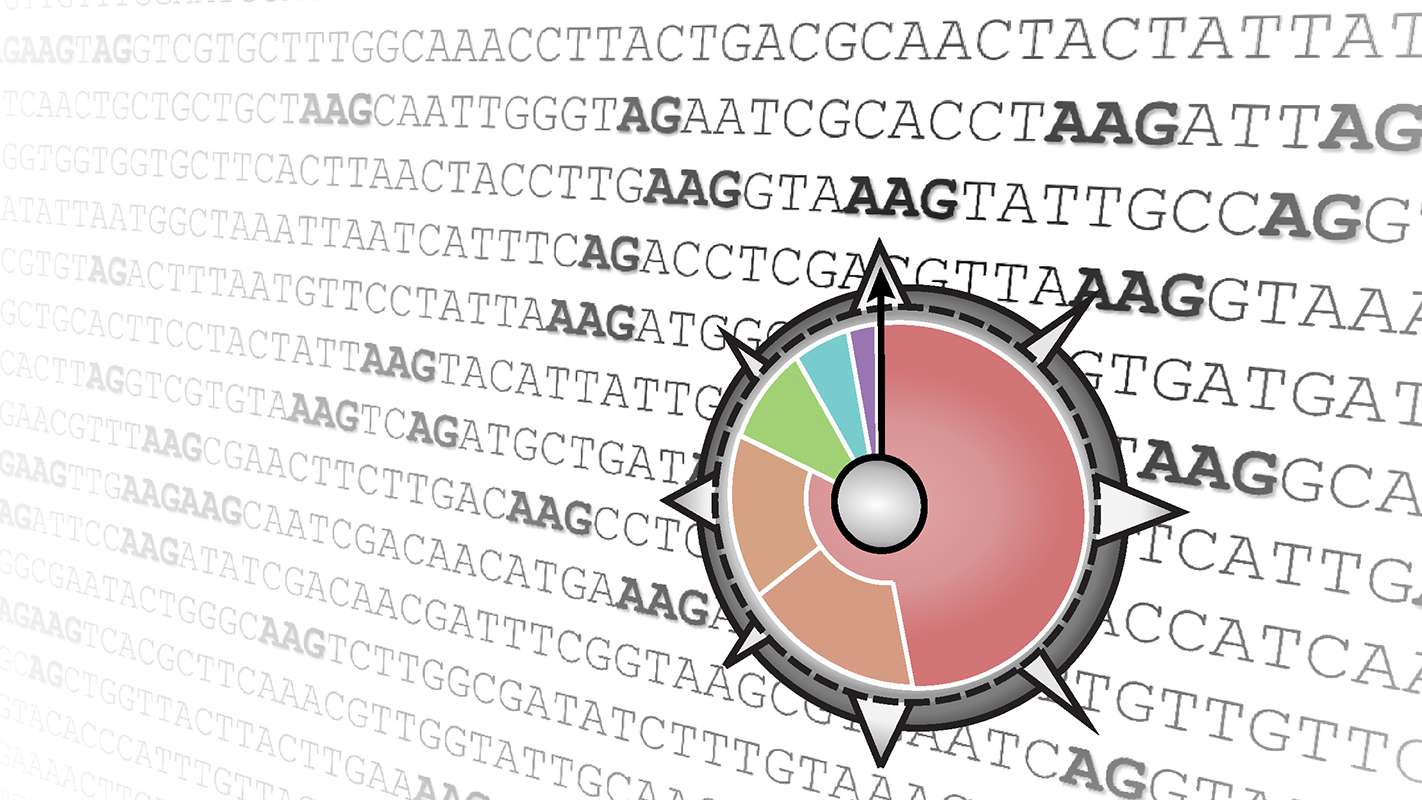
What Is CRISPR? And How Can It Be Used to Turn Genes ‘Off’?
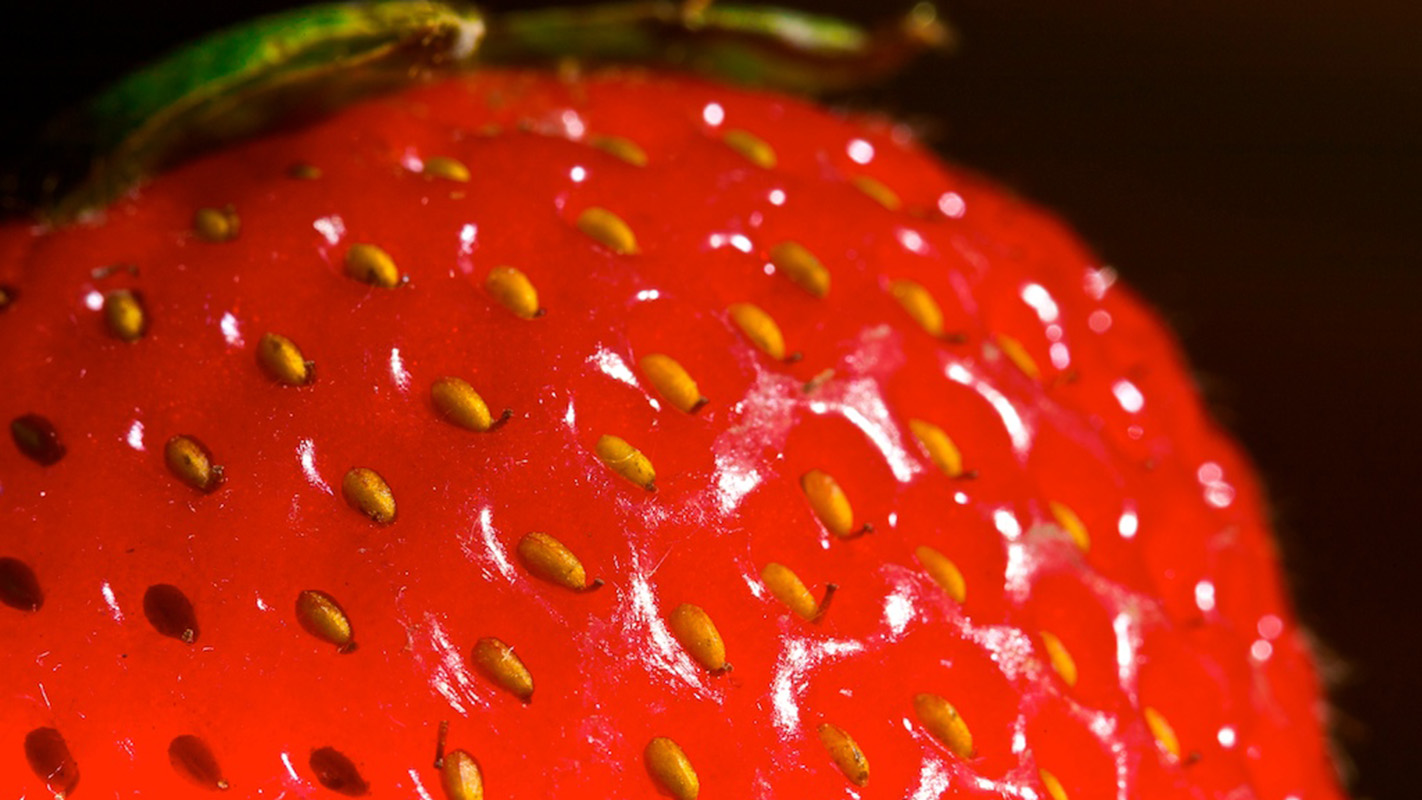
Why Do Strawberries Have Their Seeds on the Outside?
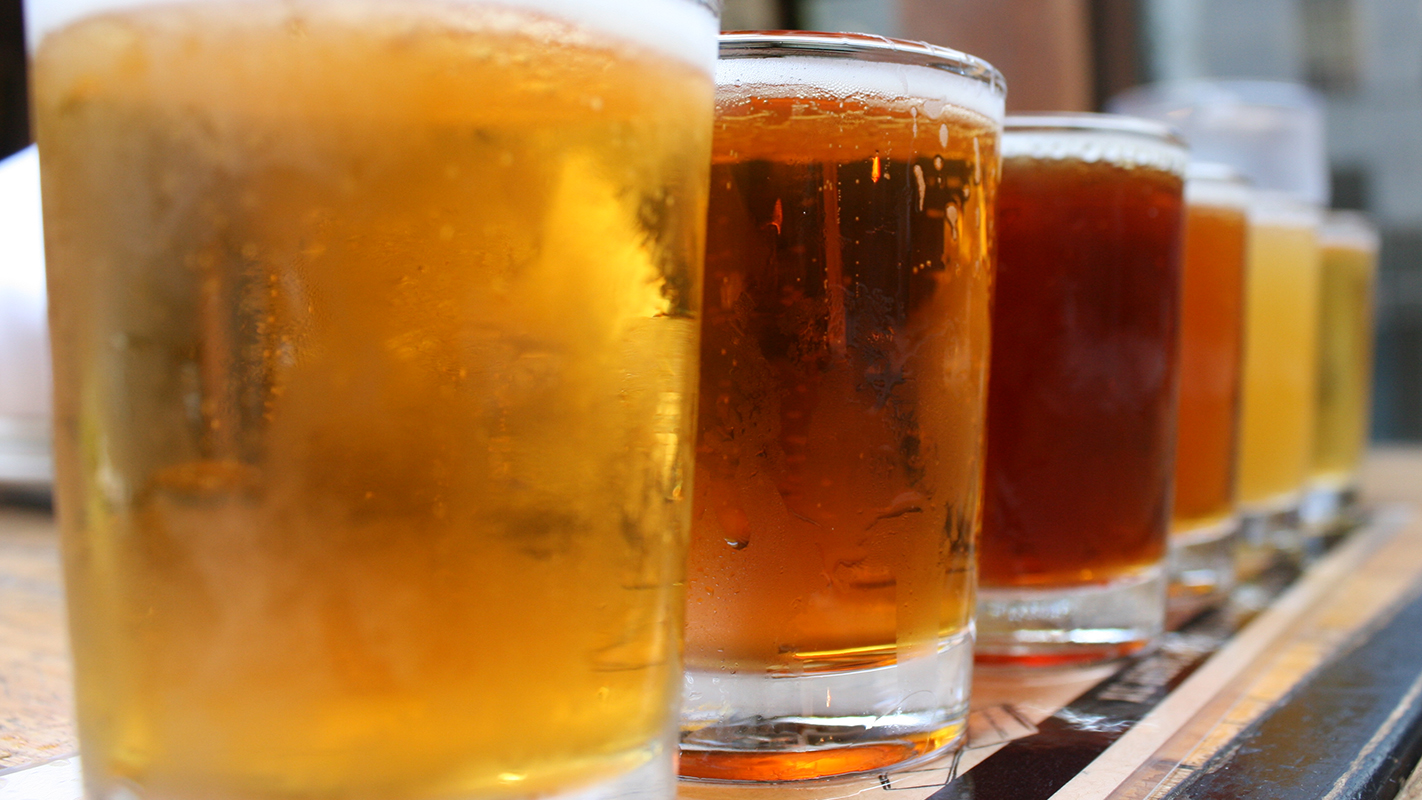
Questions About the Science of Beer
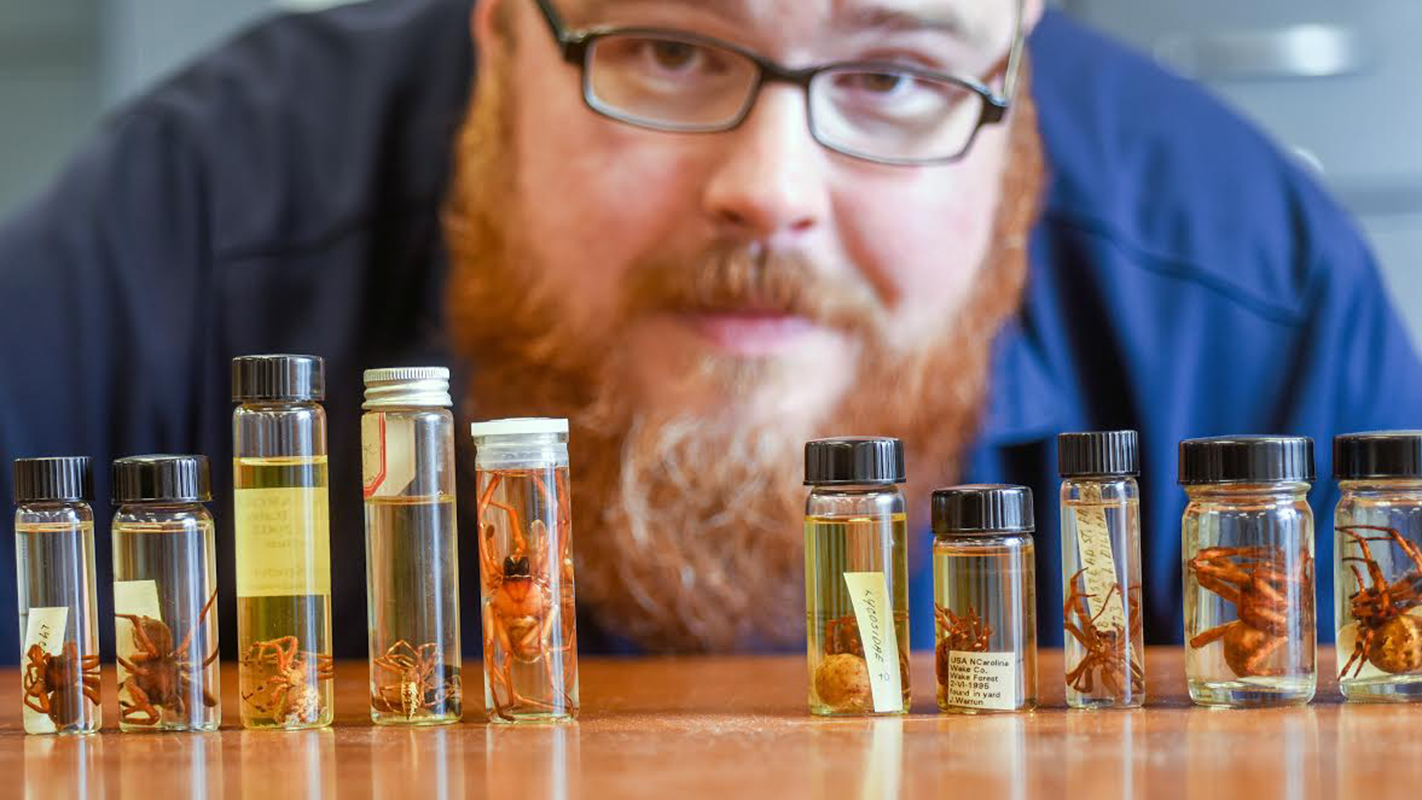
Spiders: How Spooky Are They?

Tackling the Mysteries of Everyday Life
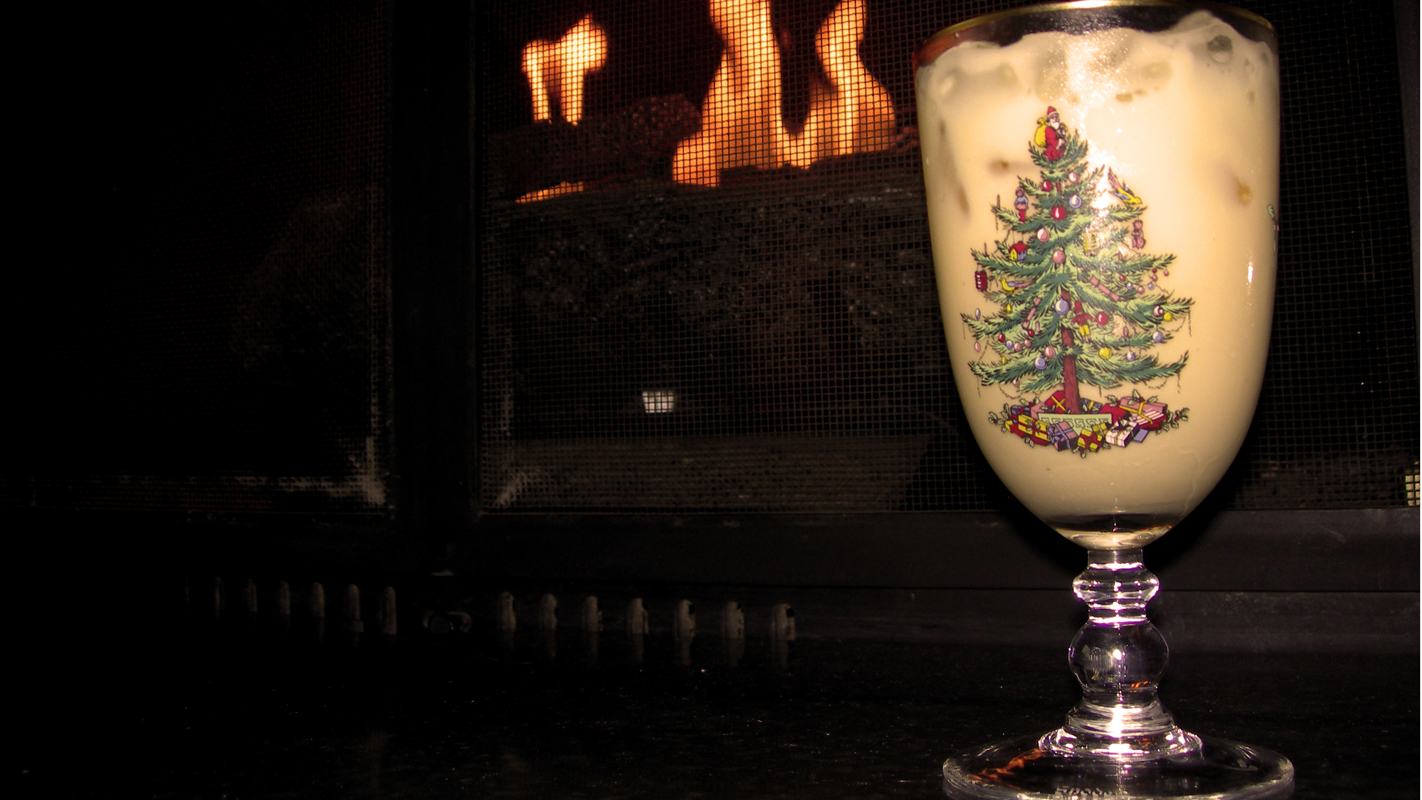
If Eggnog Has Eggs in it, Why Is it Safe to Drink?

Fruitcake – Will it Last Forever?

Fast Facts About Cutting Boards and Food Safety in Your Kitchen
How a Protein “Cancer Cop” Targets UV Damage in DNA
